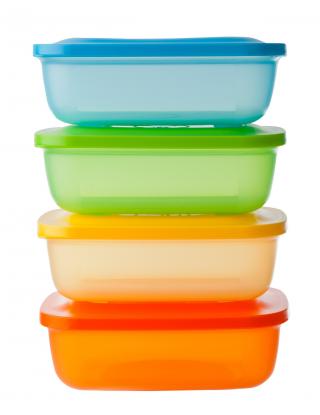FODMAP stacking explained (+ tips on avoidance)
- Low FODMAP diet
If you are following the low FODMAP diet then you may be wondering what is FODMAP stacking?
FODMAP stacking is something that you must understand fully to avoid making mistakes through the low FODMAP process.
This article explains what FODMAP stacking is and how to avoid it so that you can gain control of your irritable bowel syndrome.

What Is FODMAP Stacking?
FODMAP stacking occurs when you eat 2 or more foods in the low FODMAP portions at the same time and they contain the same FODMAPs.
For example, look at hazelnuts. These contain galacto-oligosaccharides (GOS) but at just 10, they are considered low FODMAP and safe.
Almonds, also contain GOS and are considered low FODMAP at around 10 nuts. But put the almonds and hazelnuts together and the overall load of FODMAPs is too high. This is called FODMAP stacking.
On their own, these foods were are ok. But when you have them together, the overall FODMAP load is too much for your gut and can cause symptoms.
How To Avoid FODMAP Stacking?
On the low FODMAP diet you can avoid stacking by measuring portion sizes according to the guidelines from either Kings College or Monash.
You must also make sure that you are only having 1 safe portion of a type of FODMAP per meal (based on 3 meals a day). These foods are usually indicated on the relevant apps as being ‘orange or red’ rather than ‘green’ for certain FODMAPs.
If you stick to these portion sizes then your digestive system will only be given food at the levels it can manage at one time.
FODMAP Stacking During the Reintroduction Process
Another area of confusion comes when you go to reintroduce FODMAPs.
You must be careful to be on a low FODMAP diet during your reintroduction phase.
For example, if you have done your 3 or 6 day reintroduction (I give my Take Control members both options) and are fine with lets say fructose. You then go on to do a reintroduction of onions, then you must take the fructose back out of your diet.
Otherwise, you can end up with FODMAP stacking. This then leads to confusion as you react to the fructans in the onions because of the overall FODMAP load and not because you have a specific issue with the fructans in onions.
How Can I Tell Safe FODMAP Portions?
You should stick to the portion sizes outlined by Monash or Kings College.
You do not need to worry about foods which contain no FODMAPs at all (usually signified in green). But anything containing moderate amounts will need to be limited to the safe portion size suggested.
How Many Portions of Moderate Containing FODMAPs Can I Have?
This is not an exact science. But I advise clients to have no more than 1 safe portion of moderate containing FODMAP foods every 3-4 hours.
This time period allows enough of a gap to ensure that a huge load of FODMAPs is not reaching your large bowel all at the time time. This is when symptoms occur.
This advise usually equates to 1 portion for everyone of you 3 main meals a day.
Summary
Foods which contain some FODMAPs but are considered ‘safe’ on the low FODMAP diet need to be eaten in moderation. These foods can cause an accumulative affect known as FODMAP stacking.
To prevent symptoms from occurring, always follow suggested safe portion sizes and do not have more than 1 moderate containing FODMAP food per meal.
